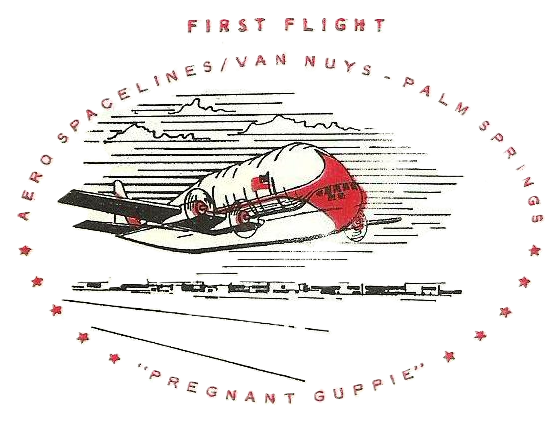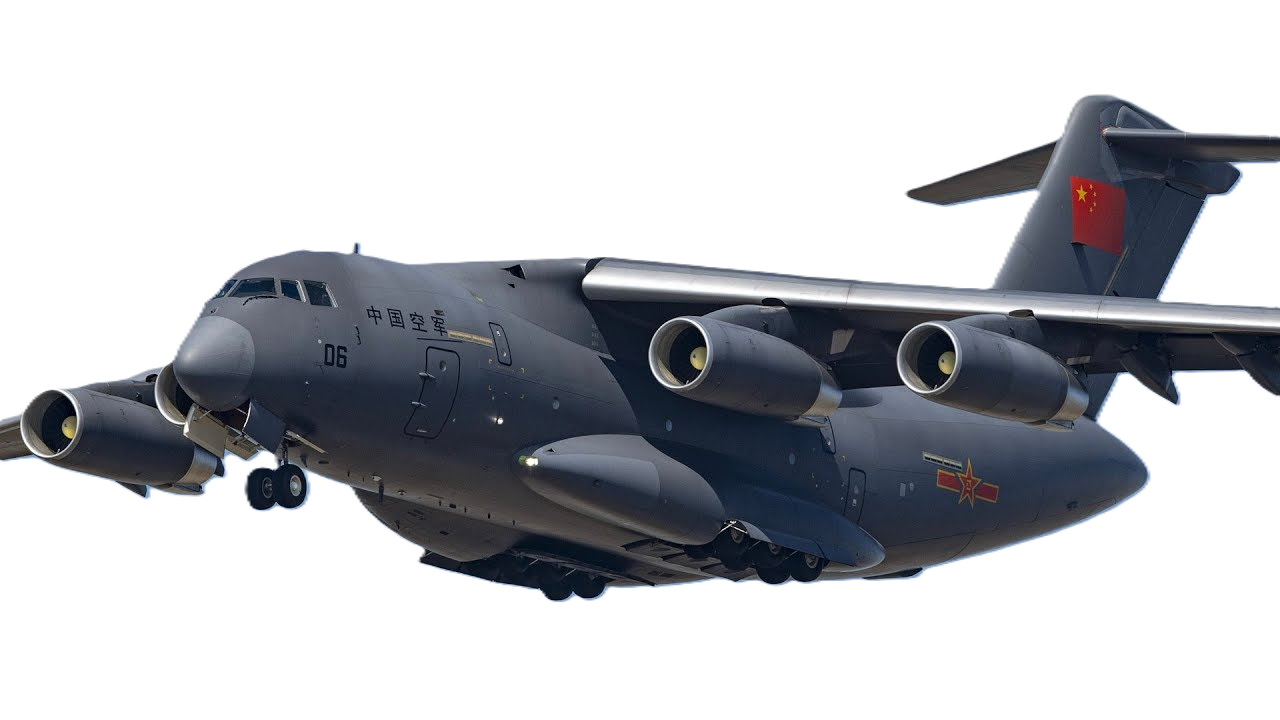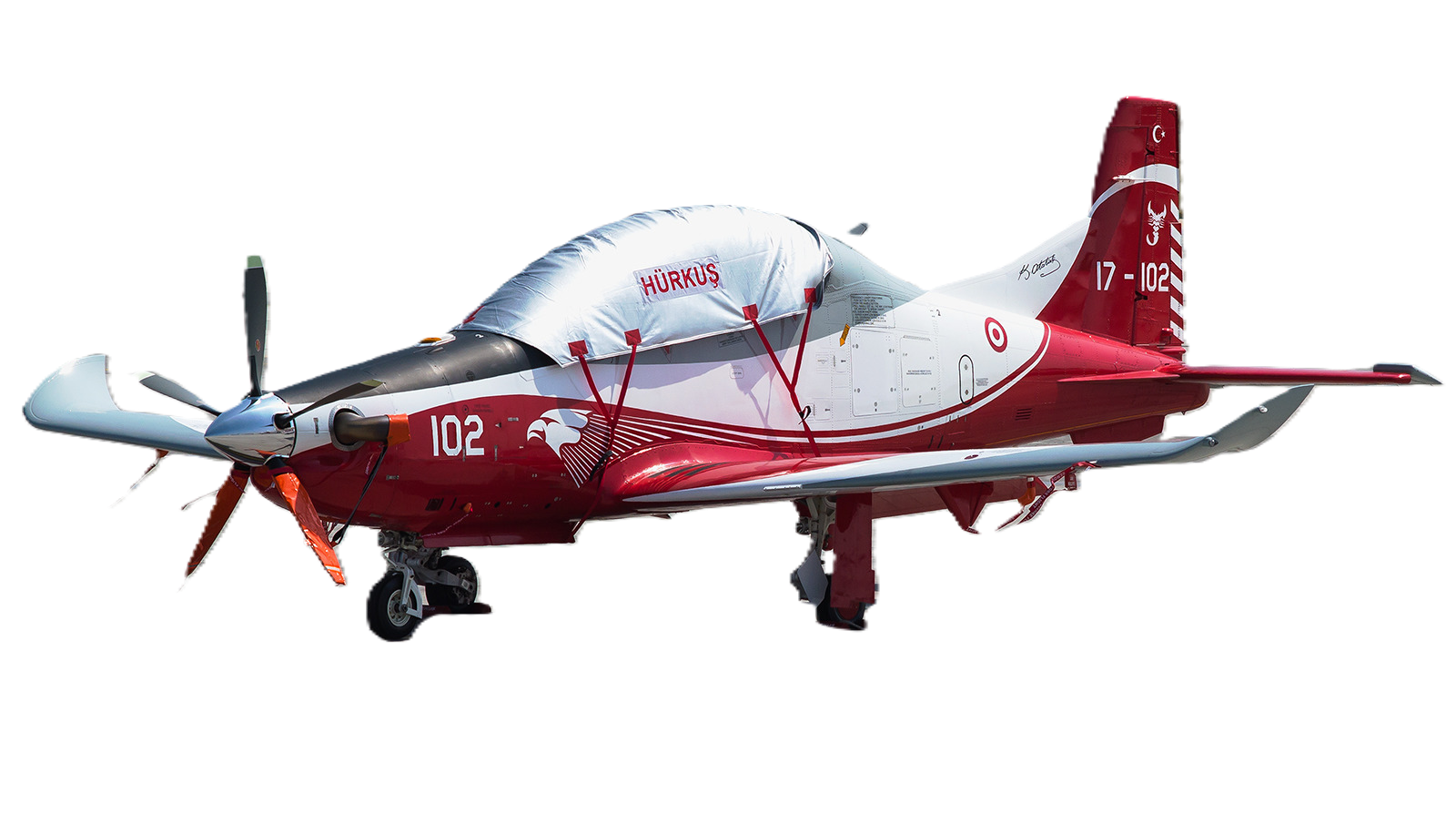Antonov
AN-70 Transport
 |
|
| General information | |
|---|---|
| Type | Military transport aircraft |
| National origin | Soviet UnionRussia / Ukraine |
| Designer | Antonov Design Bureau |
| Built by | Antonov Serial Production Plant Kazan Aircraft Production Association |
| Status | Completed state tests, open for production |
| Number built | 2 prototypes |
| History | |
| Manufactured | 1991–19962012–2015 |
| First flight | 16 December 1994 |
.
History Antonov Company Antonov Design Bureau
An-70 Transport
Manufactured 1991–1996 /2012–2015

The Antonov An-70 (Ukrainian: Антонов Ан-70) is a four-engine medium-range transport aircraft, and the first aircraft to take flight powered only by propfan engines. It was developed in the late 1980s by the Antonov Design Bureau to replace the obsolete An-12 military transport aircraft. The maiden flight of the first prototype took place in December 1994 in Kyiv, now independent Ukraine. Within months the prototype had suffered a mid-air collision. A second airframe was produced to allow the flight-test programme to proceed. Both prototypes were produced by the Kyiv Aircraft Production Plant.
Following the dissolution of the Soviet Union in the early 1990s, the programme became a joint development between Russia and Ukraine. The former compounded the issue of a reduced market with its intermittent commitment to the project. Repeated attempts to start production have had limited success. Western European countries, including Germany,
at one stage assessed the aircraft for procurement, but many later decided against it.
Design and development
The An-70 is a monoplane with a high-mounted wing design that features four distinctive propfan engines. Designed by the Progress Design Bureau, each of the D-27 engines is rated at 13,800 shp (which can be uprated to 16,000 shp), which is used to drive the SV-27 contra-rotating scimitar propellers designed by Aerosila; eight on the front propeller and six on the aft propeller. The propfan engines deliver slipstream to the supercritical wings that feature double-slotted trailing edges to provide high lift coefficients at low speeds. The modernisation of the aircraft during 2010–12 saw upgrades to the engines, including the incorporation of FADEC, and the further separation of the two propellers: 16 The aircraft's cruise speed is 750 km/h (405 kt) at an operational altitude of 8,600 to 9,600 m (28,200 to 31,500 ft); Antonov claimed in 1997 that the aircraft had a design maximum speed of 850 km/h (460 kt, or Mach 0.8), which would have compared favourably with Mach 0.77 of the larger turbofan-powered C-17. According to DASA's evaluation, the propfan engines were 10 percent more efficient than conventional turboprops.

0
KmCeiling
0
KmCombat RANGE
0
Km/hAircraft Speed
0
Max Crew
Photo Gallery
Antonov Company Antonov Design Bureau
An-70 Transport Manufactured 1991–1996 /2012–2015


Antonov Company Antonov Design Bureau
An-70 Transport Manufactured 1991–1996 /2012–2015
General Info
-
-
- Crew: 3–4 flight crew (two pilots and flight engineer (optional navigator)) + loadmasters and cargo attendants
- Capacity: 300 troops or 206 stretcher cases / 47,000 kg (103,617 lb) max payload
- Length: 40.73 m (133 ft 8 in)
- Wingspan: 44.06 m (144 ft 7 in)
- Height: 16.38 m (53 ft 9 in)
-
Powerplant
-
- Empty weight: 66,230 kg
- Max takeoff weight: 145,000 kg
- Powerplant: 4 × Progress D-27 propfan, 10,350 kW (13,880 hp) each
- Propellers: 14-bladed Aerosyla Stupino SV-27, 4.5 m (14 ft 9 in) diameter contra-rotating propeller (8-bladed forward; 6-bladed rear)
-
Performance
- Maximum speed: 780 km/h
- Cruise speed: 750 km/h (470 mph, 400 kn) at 9,100–11,000 m
-
-
-
- 800 km/h (500 mph; 430 kn) max
-
-
- Stall speed: 113 km/h
- Range: 1,350 km (840 mi, 730 nmi) with 47,000 kg (103,617 lb) payload from 1,800 m (5,906 ft) runway
-
-
-
- 8,000 km (5,000 mi; 4,300 nmi) with maximum fuel from 1,800 m (5,906 ft) runway
-
-
- Service ceiling: 12,000 m )
- Rate of climb: (4,900 ft/min)
Related development
-
- Ilyushin Il-76 – Russian heavy military transport aircraft (170t MTOW)
- Lockheed C-141 Starlifter – Retired American heavy military transport aircraft from Lockheed (147t MTOW)
- Airbus A400M Atlas – Multi-national four-engine turboprop military transport aircraft (141t MTOW)
- Kawasaki C-2
.
Links to Youtube & Others
Similar to the An-124, the An-70 design makes extensive use of titanium and composites to keep weight to a minimum and increase damage resistance. Approximately 25 percent of the airframe is made of carbon-fibre composites, which are primarily used on control surfaces and the tail assembly, while aluminium and steel alloys are used for the rest of the structure.
Antonov An-70 Transport
The An-70 has a designed life of 45,000 hours over 15,000 flights.
Youtube Link
The prototypes had a fly-by-wire flight-control system that comprised three digital channels and six analog channels.



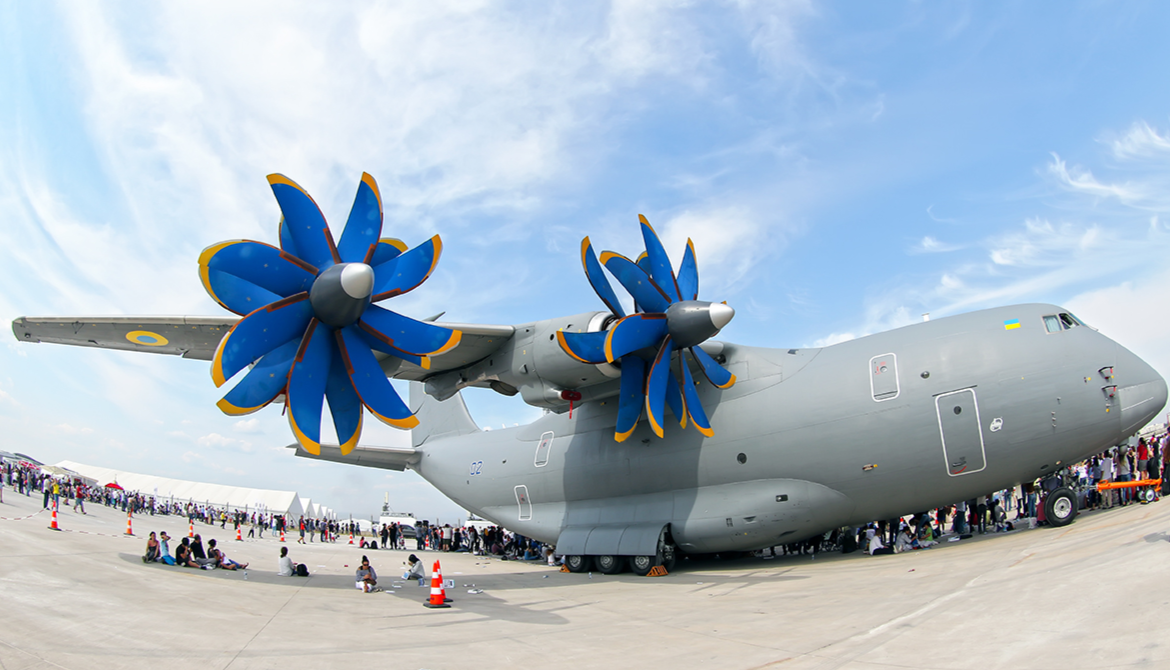






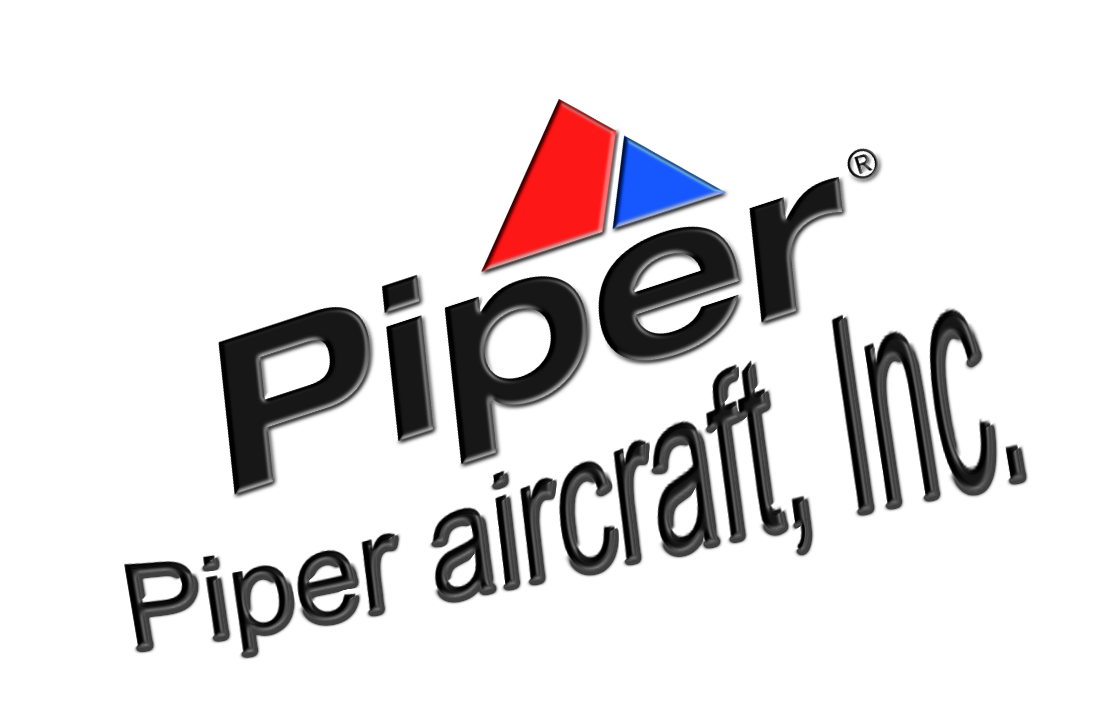
.png)
